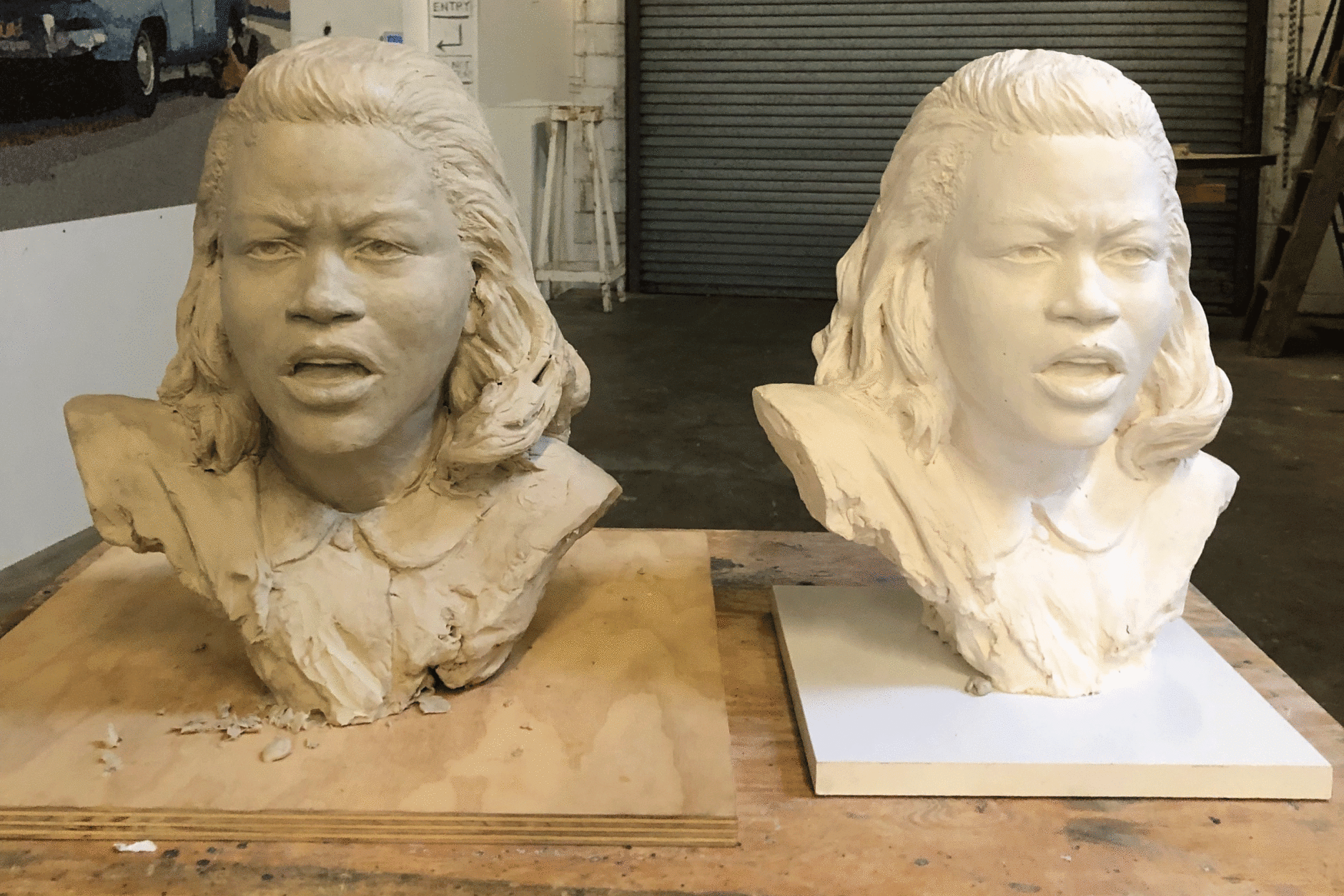
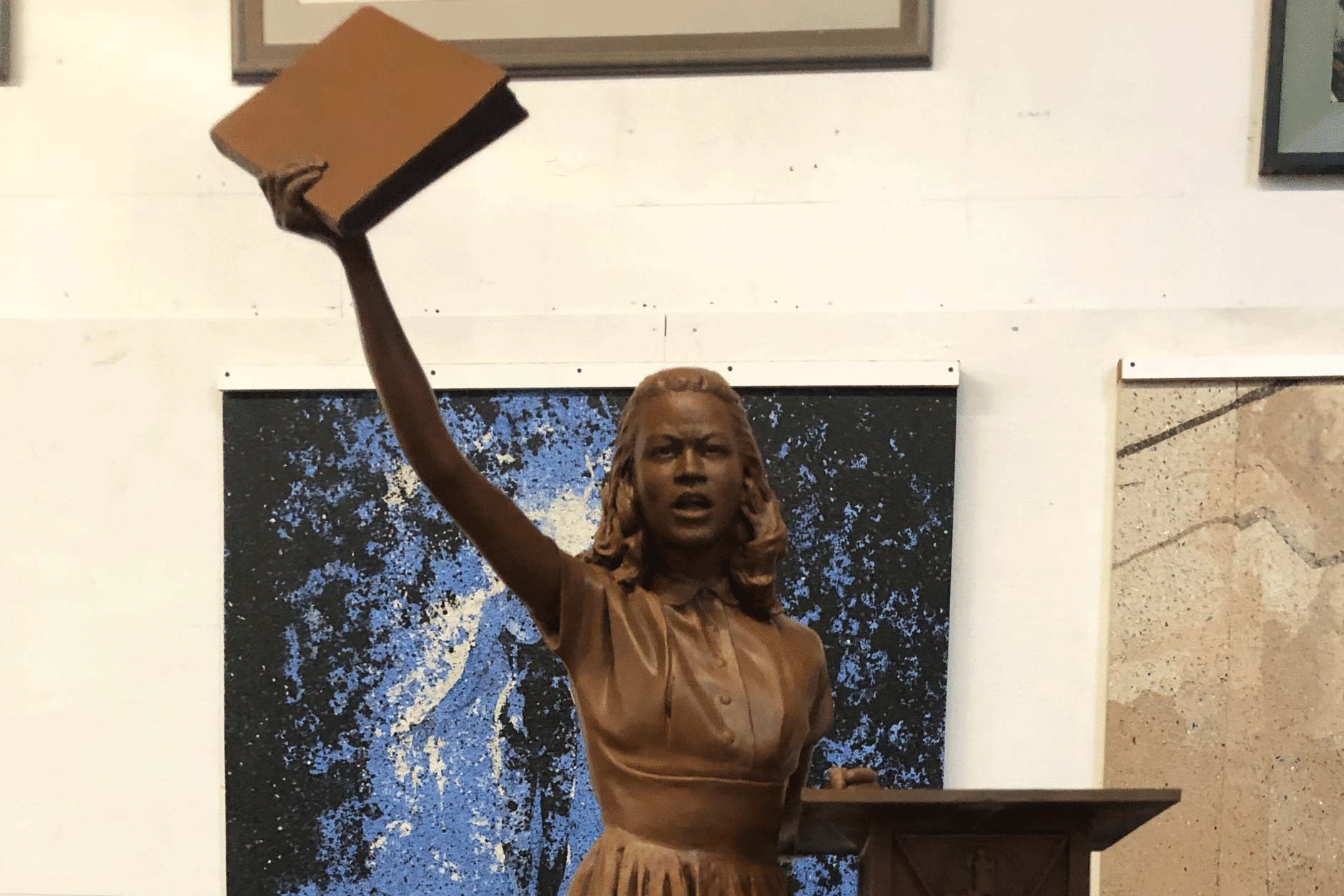

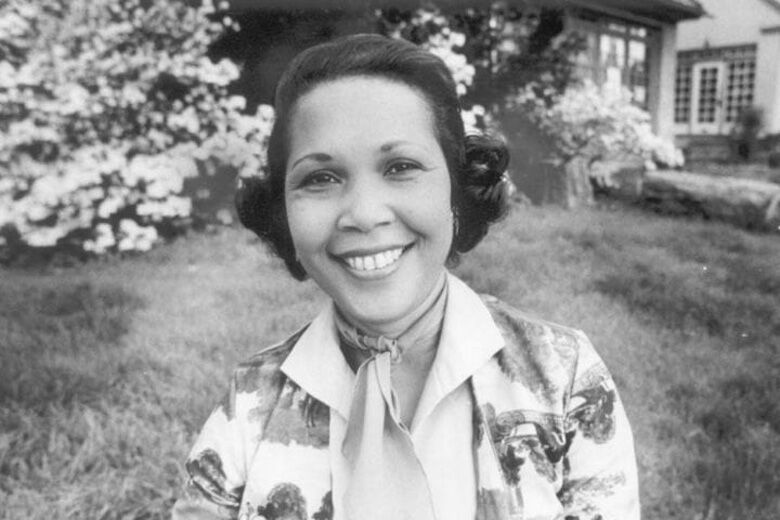

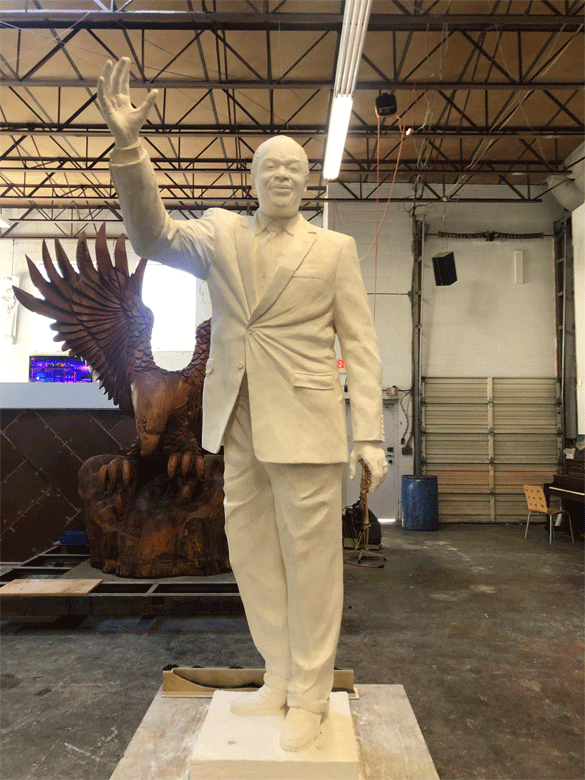
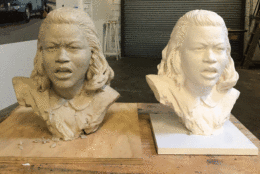
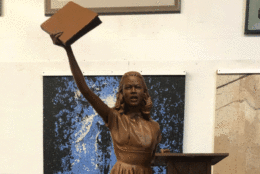
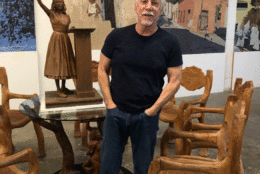
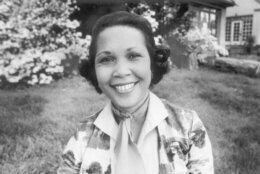
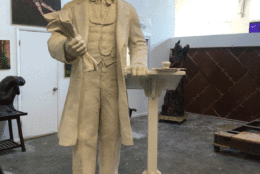

The bronze likeness of a civil rights pioneer — a Black Virginia teenager who helped desegregate schools seven decades ago — is being sculpted by an artist in Brentwood, Maryland.
Barbara Rose Johns led a student strike in 1951 to protest conditions at Robert Russa Moton High School in Farmville, Virginia, to protest the poor conditions of her all-Black school compared to the all-white school nearby.
The resulting court case was among the cases reviewed by the U.S. Supreme Court when it decided its landmark 1954 Brown v. Board of Education segregation ruling.
“It’s truly a remarkable story by a remarkable person because, keep in mind, that in 1951, Martin Luther King Jr. was still going to college, so there was no precedent for this,” said sculptor Steven Weitzman.
Weitzman, who is sculpting the Barbara Rose Johns statue destined for the U.S. Capitol, also carved the statute of abolitionist Frederick Douglass that stands inside Emancipation Hall.
The Johns statute, commissioned by the Commonwealth of Virginia, will replace Confederate Gen. Robert E. Lee in the National Statuary Hall Collection of 100 statues contributed by the 50 states. Virginia’s other representative in the collection is President George Washington.
The artist has a few images to work with to capture the essence of the shy, non-politically active 16-year-old who took a bold stand at her school and helped change the course of history.
“We only have three pictures of her (as a teenager), and then we have maybe three more, four more of her as an adult,” said Weitzman.
Weitzman said he plans to invite Johns’ surviving family members into his Brentwood studio to help him convey the character and feelings of Barbara Johns — the way he did when he created the statute of former D.C. Mayor Marion Barry, which is displayed on Pennsylvania Avenue in front of the John A. Wilson Building.
Barry’s former wife Cora Masters Barry and other Barry friends and family advised Weitzman when sculpting Barry’s likeness. “There would be 12 people here, and I’m working on it … and they’re talking to me … ‘how does it look to you now?’ ‘well, there’s something about the eyes…'”
Weitzman said he’s eager to repeat the process with Johns’ family.
“How fortunate for me that we have three siblings and a cousin who remember her very well. … It’s going to really look like her because they are going to participate and be able to share those things with me, those nuances,” Weitzman said.
It could take a year or more to complete and install the statue inside the U.S. Capitol.
Weitzman has already carved a wood model of teenager Barbara Johns, which is undergoing refinements. For the model, the artist said he relied on smiling snapshots of her, which he used as the foundation to create a face expressing the bravery and determination of a teenager whose actions made history.
“The child just felt so righteously indignant and upset at the fact that this separate-but-equal Jim Crow philosophy not only did not serve the community that she was part of, it didn’t convey and express the tenets of this country and everything we’re supposed to be doing and why we’re supposed to be doing it,” said Weitzman.








